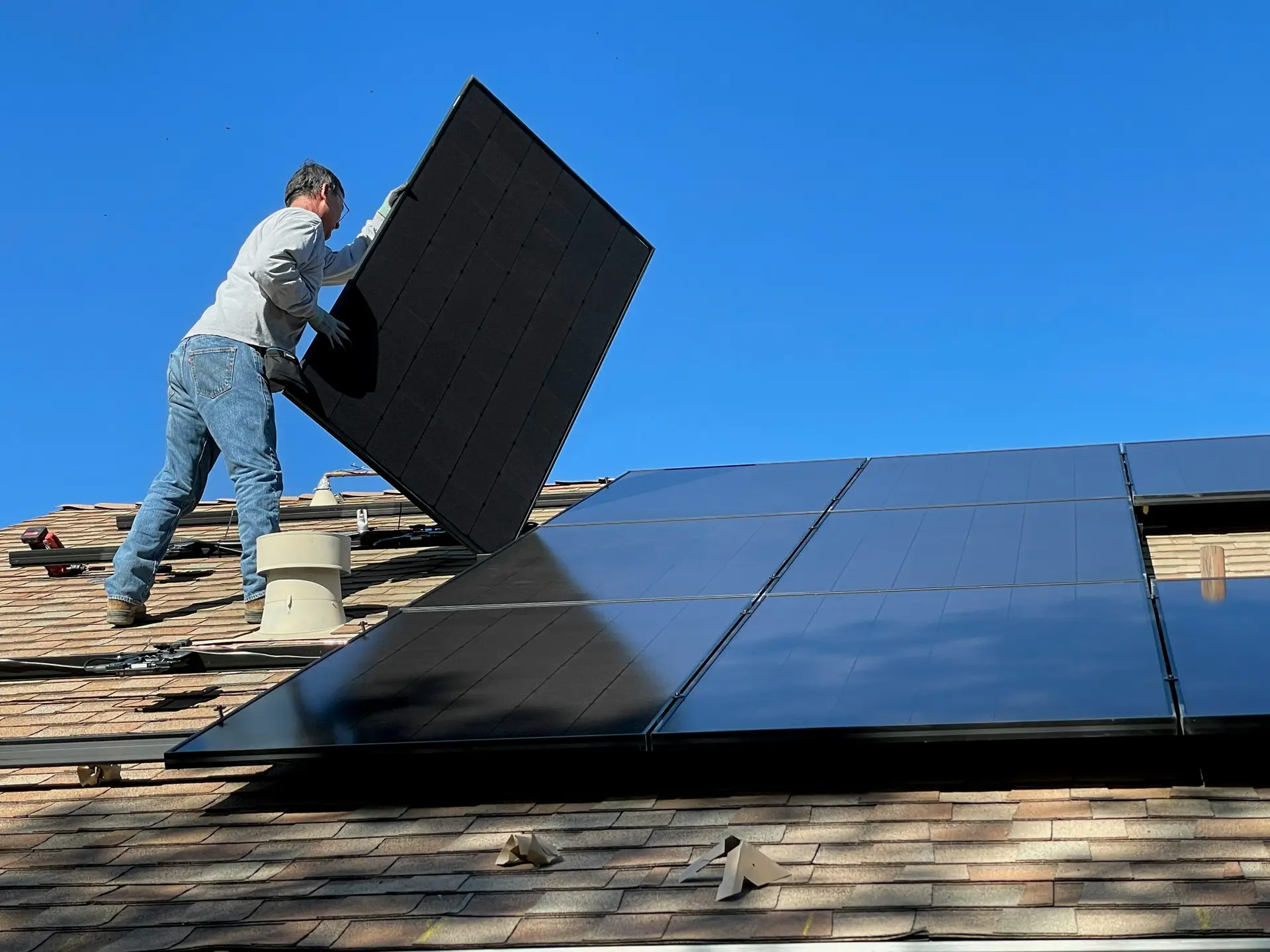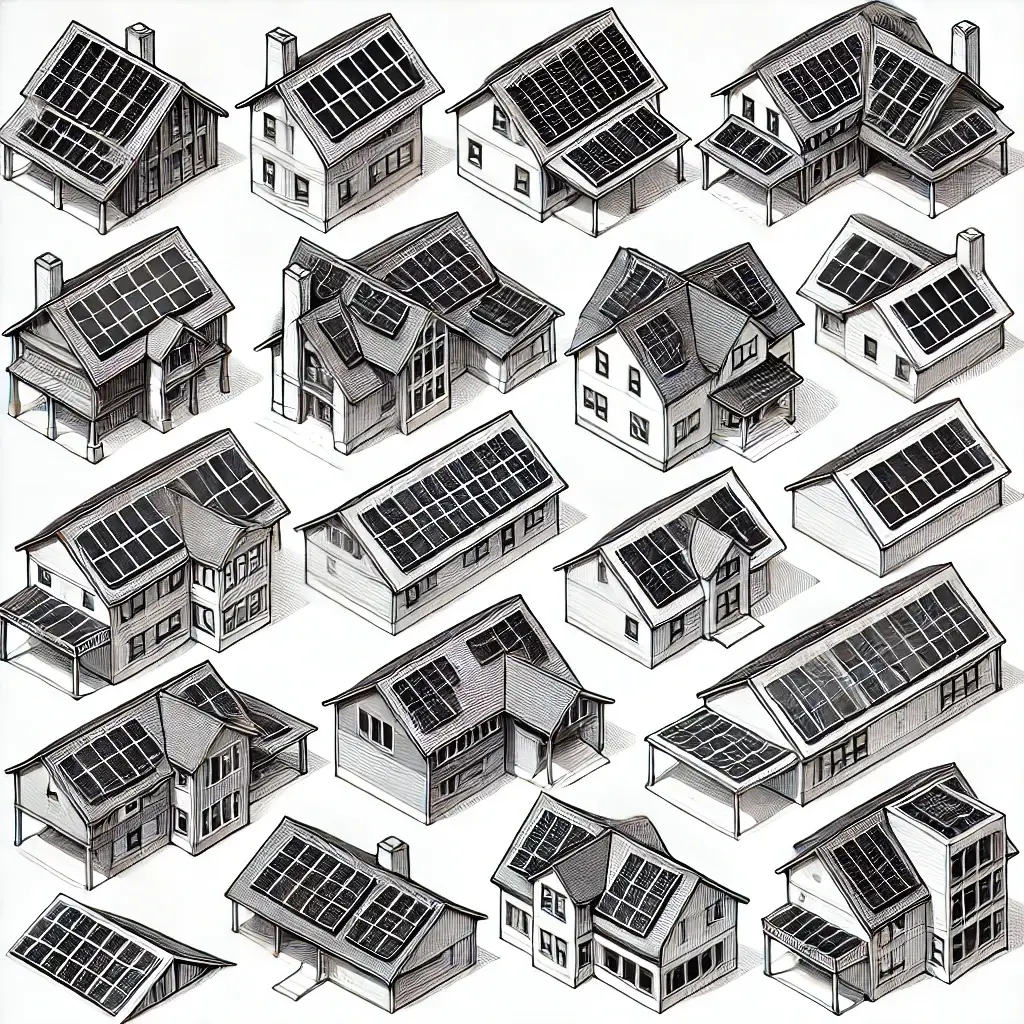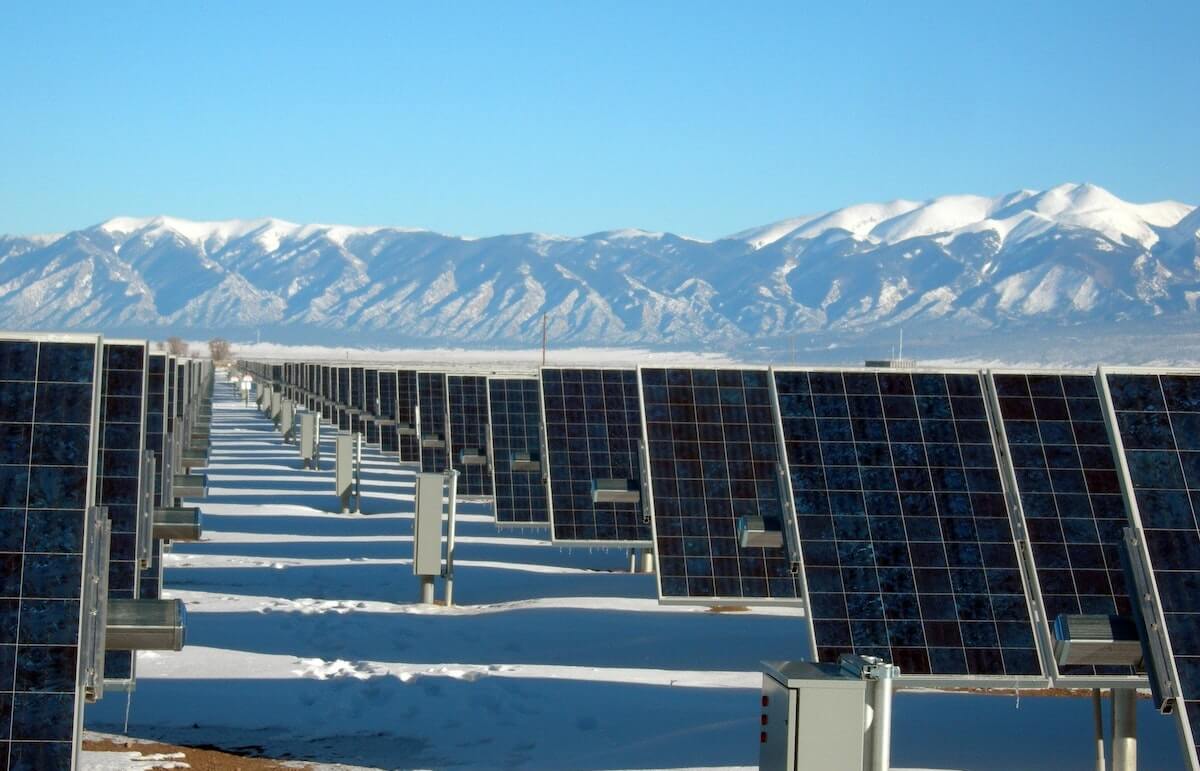
What is a Modular Solar System?
As solar power grows in popularity, residential solar systems are getting better and offering more choices. Older systems used one big panel setup, but now modular systems are smaller and can change to fit your needs now and later on.
What is a Modular Solar System?
A modular solar system is made up of smaller, individual solar panels, which gives you more flexibility in where and how you place them. Unlike older systems that use one large panel setup covering most of the roof, modular systems can be adjusted to fit your roof’s shape, your future needs, and your design choices. You can start with just a few panels and add more later as needed.
Modular systems are great because they let you start small and add more panels when your budget allows or your energy needs grow. This makes it easier if you’re not sure about committing to a big system all at once.
For example, if you install three panels today, you can add two more next year if you need more energy or have more money to spend. This “pay-as-you-go” approach means you don’t have to spend a lot upfront, and you can easily adjust your system as your needs change. Whether you’re finishing a basement, adding a new room, building a shop, or installing a pool, your solar system can grow with you.
Traditional solar systems need a large, flat area on your roof for the best results. But if your roof has multiple slopes, shading from trees, or limited space, modular systems work better. They can fit into smaller, different spaces across your roof.
For example, if part of your roof is shaded and wouldn’t work for a big solar array, you can place individual panels in the sunny spots. This way, you can still get the most energy without needing a huge, uninterrupted space.
Modular Solar Design & Layout
Traditional solar panels can be bulky, which might not look great on your home. They need a big, flat roof space with few obstacles. On the other hand, modular systems can be placed in different sections, making them a good fit for roofs with different shapes or things like trees or nearby buildings that block sunlight. Our team helps design the best layout for your panels to get the most sun and meet your current and future needs.
Because modular panels are smaller and lighter than traditional ones, they’re quicker and easier to install. Installers don’t have to deal with big panels or complicated wiring. Modular systems are also easier to take care of. If one panel has a problem, it’s simple to replace just that one. With traditional systems, if one panel has an issue, it can affect the whole system and require more work to fix.

Efficiency in Varied Conditions
Modular systems often use microinverters, which allow each panel to work on its own. This means that if one panel gets shaded, it won’t affect the rest of the system. Traditional systems can lose power if even one panel is blocked. If you have trees or chimneys causing some shade, modular systems are a better option.
With modular systems, it’s easier to find problems with individual panels. If one stops working, you can just replace that one without affecting the others. In traditional systems, if one part goes bad, it can affect the whole system, which takes more time and money to fix. Modular systems are especially helpful in areas with harsh weather, because any damage can be fixed without shutting down the entire system.
Modular solar systems can be used in many places, like remote areas, shops, separate buildings, or off-grid locations. Their flexibility makes them perfect for places where it’s hard to install a traditional system. In rural areas or remote locations, modular systems can help you become energy independent and grow your system over time.
For anyone thinking about solar, modular systems make it easier to start, adjust to future needs, and get the most out of your clean energy investment.



